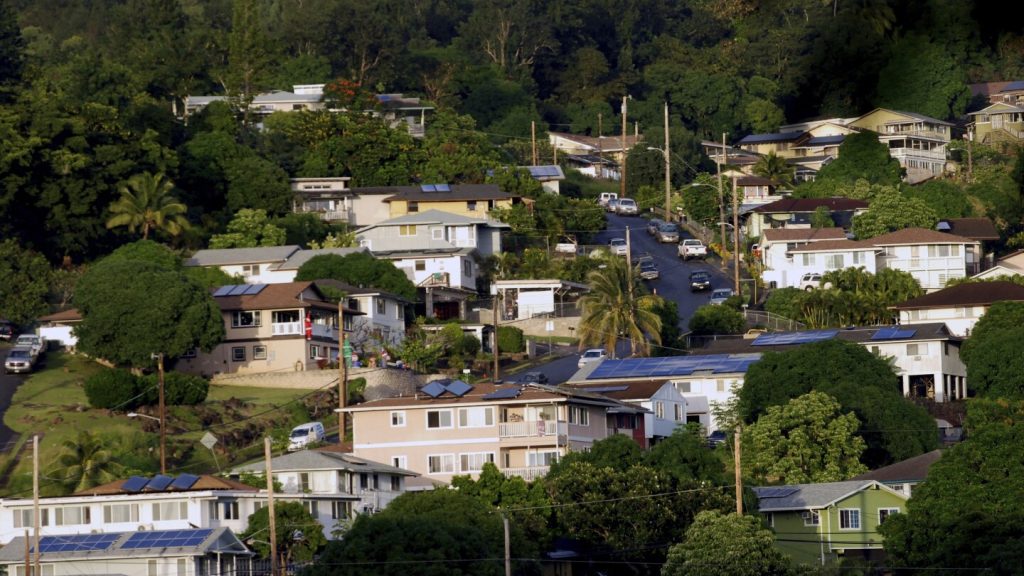Forecasters are predicting a below-normal hurricane season for waters around Hawaii this year, with one to four tropical cyclones expected across the central Pacific region. Last year, during strong El Nino conditions, four tropical cyclones entered into the central Pacific, but this year’s prediction is due to a quick transition from El Nino to La Nina conditions. La Nina is a natural and temporary cooling of parts of the Pacific Ocean that changes weather worldwide, often resulting in more hurricanes in the Atlantic and fewer in the Pacific. The central Pacific hurricane season begins on June 1 and runs through November 30, and officials are urging residents to prepare for extreme weather regardless of the outlook.
Hawaii Governor Josh Green has proclaimed hurricane preparedness week, emphasizing the importance of preparing for potential threats this season and not waiting for a more active season. Many homes in Hawaii are constructed with single-wall construction, making them vulnerable to natural disasters as global warming fuels climate change. Most homes in Hawaii do not have additional walls for insulation due to the temperate climate, and their foundations are often not properly anchored to the ground. Despite the expectation of fewer storms on average due to La Nina conditions, the impact of a single storm hitting the islands could be significant, highlighting the importance of preparedness.
According to Daniel Gilford, a climate scientist with Climate Central, warmer sea-surface temperatures worldwide over the last few decades, partly due to human-caused climate change, provide more energy for storms to grow more powerful. Hurricanes are described as giant heat engines that convert fuel into the ability to drive forward, and the increase in sea-surface temperatures contributes to their intensification. Two-thirds of single-family homes on Oahu, an island with a population of 1 million where Honolulu is located, lack hurricane protections, leaving them susceptible to potential storm damage. Despite the lower cost of single-wall construction, it has been the preferred style in Hawaii for decades.
While the overall tropical cyclone activity in the central Pacific basin is forecasted to be below normal, there is no indication of how many cyclones will specifically affect Hawaii. It is essential for residents to take precautions and prepare for emergencies, as even one storm can have a significant impact on the islands. The transition from El Nino to La Nina conditions has influenced this year’s hurricane season outlook, with fewer storms expected in the central Pacific. However, as climate change continues to impact weather patterns, it is crucial for individuals and communities to prioritize readiness and resilience in the face of natural disasters.


